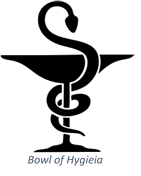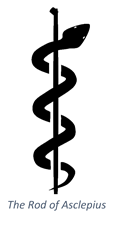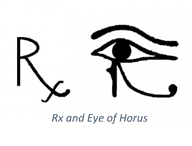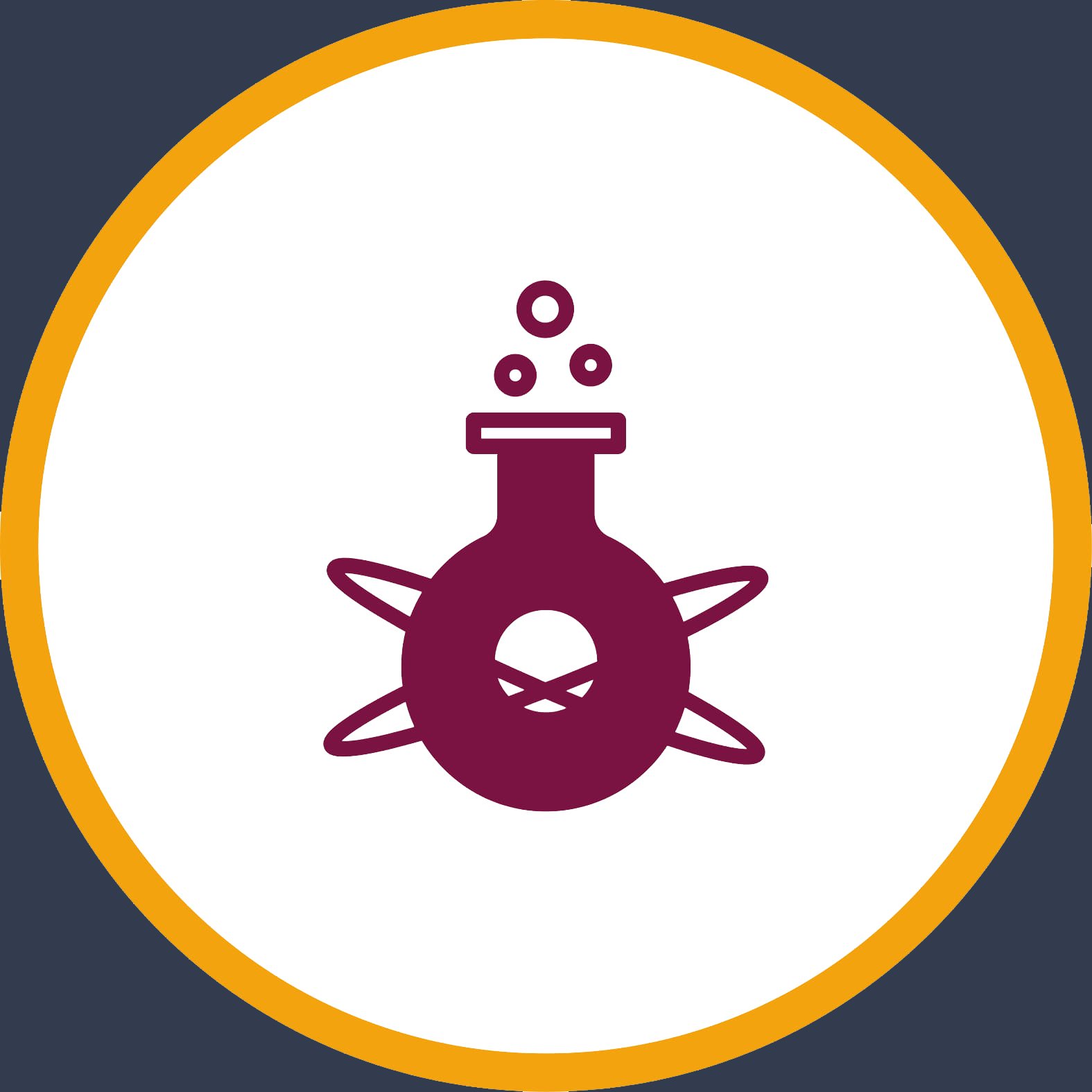Today, the symbol of the snake intertwined with the bowl or a staff is commonly used as a symbol of medicine. The history of the symbol of pharmacy is diverse and is one which shares its beginning in many ancient cultures throughout the world and snakes or serpents have been a common occurrence in mythology throughout history.
Snakes represented the devil in the Abrahamic garden of Eden, in the story of Moses, his staff transmogrified into a snake and in the Christian Bible, a bronze serpent-shaped staff was crafted by Moses and anyone bitten by a snake who looked upon it would live. They represented guardians in the Buddhist culture in Cambodia, the Vison-Serpent was a symbol of rebirth for the Mayan civilization. The ancient Sumerians associated serpents with protection and the ancient Persian’s worshipped snakes along with their goddess of fertility убокс. It is clear that snakes have been associated with wellbeing throughout civilization. For the Egyptians the snake was the life of the earth, and there are texts from as early as 2300 B.C. referring to the Quroborus or tail eating serpent, the symbol of the cyclical nature of the cosmos. The most notable of myths and the one which is believed to influence modern symbolism to the greatest extent is that of the ancient Greeks and the story of Asclepius. 
In the ancient Greek culture, the snake is almost exclusively used to represent divinity or death. Medusa was the famous snake-haired gorgon who would turn men to stone as they looked into her eyes, the goddess Hera placed two snakes into the baby Hercules’ cradle to kill him сковорода купить, Ladon the 100-head serpent guardian of the golden apple and the poisonous hydra who would regenerate its severed heads, both slain by Hercules. In addition to this, serpent-derived medicines were used for anxiety, eyesight, fertility issues and also some conditions.
The story of the Asclepius was a son of Greek god Apollo and was gifted the art of healing and the secrets of medicine using plants and herbs купити постільну білизну. He had mastered the art of healing to a point where his ability was believed to pose a threat to the divinity of the Greek gods by bringing back the dead and as such was cast down by a bolt of lightning. His daughter (sometimes referred to as his wife) was also a goddess of health.
 The ‘Rod of Asclepius’ is a serpent-entwined rod and is associated with Asclepius’ attributes as a healer. Snakes shed their skin and can also represent rejuvenation in this process as a form of renewal. The snake also represents the mixed interpretations of medicines as medicines or as poisons which also appertains to the Greek word ‘Pharmakon’, meaning a drug or a poison ліхтар акумуляторний світлодіодний. The ‘Bowl of Hygieia’ is another symbol of pharmacy and healthcare and as mentioned before Hygieia was a Greek Goddess of health and hygiene.
The ‘Rod of Asclepius’ is a serpent-entwined rod and is associated with Asclepius’ attributes as a healer. Snakes shed their skin and can also represent rejuvenation in this process as a form of renewal. The snake also represents the mixed interpretations of medicines as medicines or as poisons which also appertains to the Greek word ‘Pharmakon’, meaning a drug or a poison ліхтар акумуляторний світлодіодний. The ‘Bowl of Hygieia’ is another symbol of pharmacy and healthcare and as mentioned before Hygieia was a Greek Goddess of health and hygiene.
Today the symbol of the rod and snake or bowl and snake as used through the world in various healthcare organizations. The World Health Organization has a rod of Asclepius in its center, and various medical organizations throughout the world employ this symbol. It is also the primary symbol of pharmacy in Europe and the Middle-east набор кастрюль купить. These symbols are also commonly mixed with the words Rx which itself is believed to be derived from the Eye of Horus and the Latin word for recipe.
The Snake has been used throughout history as a symbol of healthcare, protection and wellbeing. Both the Rod of Asclepius and Bowl of Hygieia are commonly used to this day to represent this and has been adopted throughout the ages to represent Pharmacy and Medicine.
By Ibrahim Toufeeq








